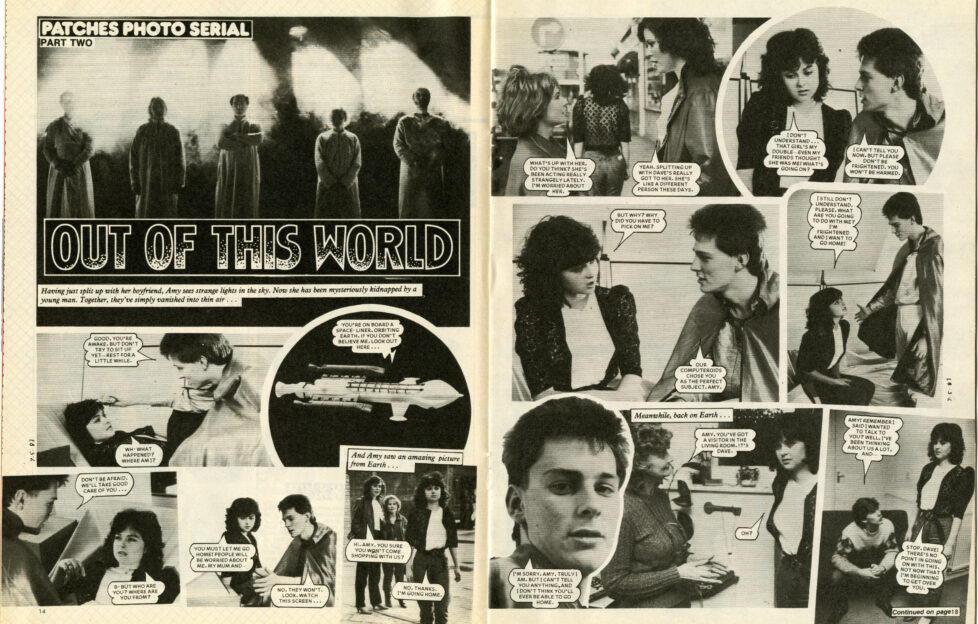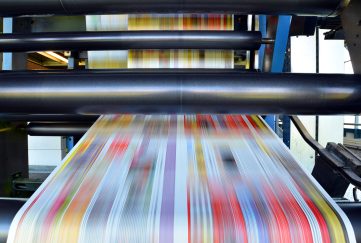Fiction Ed’s Blog: What Photo Stories Taught Me About Fiction

Do you remember photo stories?
When I first joined DC Thomson in the late 1980s, I joined what was then the General Fiction Department, where fiction manuscripts were sent for consideration.
After a couple of weeks I went downstairs to the Third Floor – which was then the home of all our teenage magazines.
At that time our three biggest sellers were – “Jackie”, “Blue Jeans”, and “Patches”.
And the biggest draw for many readers was something which featured in all three magazines – photo stories!
Back In The Day
Unlike nowadays, when all our work is done on a laptop, the process of getting photo stories together was very much ‘hands-on’.
The stories themselves were written in ‘frames’ and chosen like our other fiction – submitted by post, read, and then passed to Senior Readers for approval.
Essentially the same process as today, except now all our submissions are by email.
Once they’d been approved, we sent them out to one of our pool of photo story photographers, who arranged models and locations.
We also shot some here in Dundee – Fiction Team’s Tracey and I appeared in at least one each, and it wasn’t unknown for newbies on the floor to be recruited to appear!
Well-known faces in photo stories include Fiona Bruce, Alan Cumming, Mike Soutar from The Apprentice, and 80s pop stars Fiction Factory!
The Process
Photos we used were returned to us as a sheet of contact prints.
We’d cut round the best image for each shot, with a scalpel. Eyeglasses were provided, but we didn’t need these then – would be a different story today!
The images were then stuck down in order with Cow Gum, before sending the text to be set.
Once we’d measured the text with an ‘ems’ ruler, it was then given to our artists, who laid it all out.
Our balloonists added speech bubbles, and the pages then went round the office on story boards, for proofreading.
The example above is from Patches, in 1983. Thanks to Barry from our Archive team for this image.
About Dialogue
So – what can photo stories teach us about fiction?
Firstly – and it sounds simple, your story needs a clear beginning, middle, and end.
Secondly – it needs to be set within the template available.
And last but definitely not least, the dialogue is what propels the storyline.
With only the addition of a few lines of introductory text on occasional frames, the dialogue between characters carried the whole story.
Photo Stories And The “Friend”
So if you’d like to try writing for the Friend, why not try focusing on your dialogue?
Does it sound natural? Try reading it aloud.
Is it in the appropriate dialect, if your story is set specifically?
And if your story is historical, does it sound like the dialogue of the time?
Hope you’ve had a smile reminiscing about the photo stories this week.
And hope they help with your story writing, too.
Catch up with the rest of Lucy’s Fiction Editor blogs!





